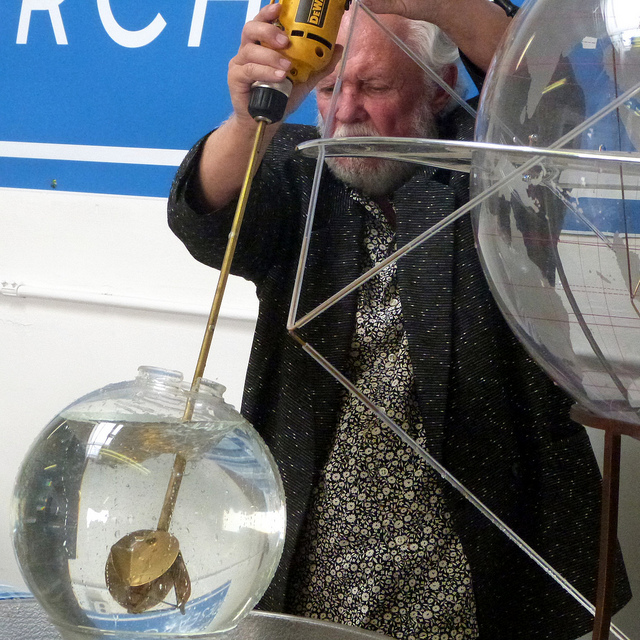It may not be as sexy, but starting a new business that builds on an existing technology or business model is usually less risky than introducing that ultimate new disruptive technology. There are many levels of innovation that go beyond copying someone else’s idea, but stop short of pushing the bleeding edge.
Many of the major business successes started this way. McDonald’s didn’t really invent the fast-food model — it simply improved on the cookie-cutter White Castle process. Before Wal-Mart made the low-cost high-volume business model famous, there was Ben Franklin and Two Guys, which touted it way back following World War II.
The advantage of imitation, with innovation, is that it gives you a solid base for building experience. There is always time later for your next startup, using that disruptive technology of your dreams. Or you may decide that your dream was not really the great idea that you thought it was.
Don’t be intimidated by the negative image that imitation currently has in the startup world. Certainly, I’m not recommending just one more Facebook, with a couple of features from Twitter, since social media has an unlimited potential for innovation. Risk level has always been directly correlated to the number of unknowns, so eliminating even one variable will improve your odds:
- Eliminate one aspect of research and development. According to a recent Harvard Research study, first-time inventors spend at least a third more on their initial technology than later innovators. In addition, we all know that patent disclosure rules often facilitate legal reverse engineering, and innovation at this point is now much cheaper.
- Capitalize on the lessons from early adopters and competitors. Smart startups save cost and time by capitalizing on the pivots of others before them. Market research can thus be based on real customers and a previously tested market. Studying and learning from the mistakes of others is the best way to reduce your own risks.
- Attract investors who fear pioneers catching arrows. Banks have always been more likely to support the franchise model of cloning an existing business, while they avoid, like the plague, a new and untested technology. Most equity investors tend to avoid truly disruptive technology startups, since they take longer and more money to scale.
- Imitation with continuous innovation predictably drives progress. The auto industry and others have used this model for generations, so business processes and metrics for innovation are well documented. Disruptive technologies are random and their success is unpredictable. Good imitators, such as McDonald’s, often bypass the original innovator.
- There is always a related market or new country. The world is now a small place, but startups usually don’t have the resources to saturate all the related markets at once. Imitation with innovation is a great way to jump ahead of the curve. Especially if that new market is your home country, you will have the advantage.
Don’t be fooled by thinking this approach is easier than rolling out a disruptive technology. In many ways, more effort and attention is required to make sure you know what works and what doesn’t in a given domain. Timing is critical, as well as a focus on marketing and customer satisfaction. Competitors can move quickly, and there is no huge technology gap to protect you.
If this approach appeals to you, I recommend that you start by looking for successful businesses and focus on innovations you could offer to make the businesses even more successful. Innovations are often as simple as better delivery, more customization or better distribution. Who knows, your imitation with innovation may turn out to be the bigger than the disruptive technology of your dreams.
Image credit: CC by Donna Cleveland




